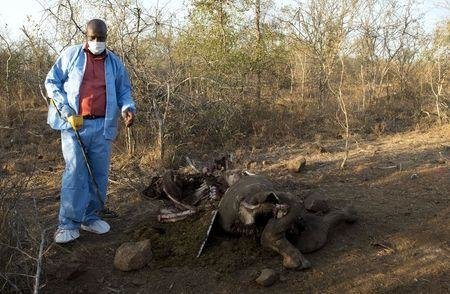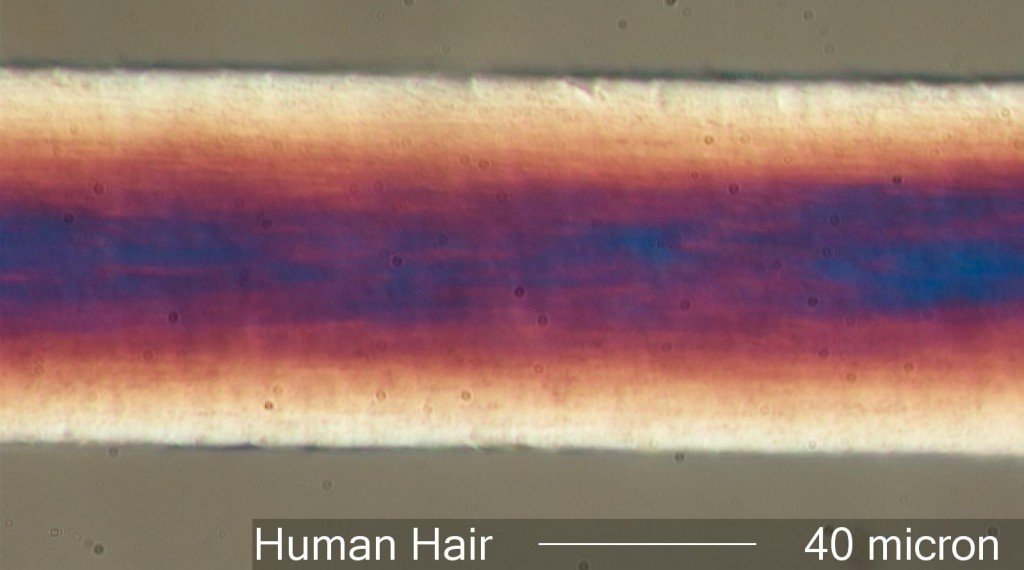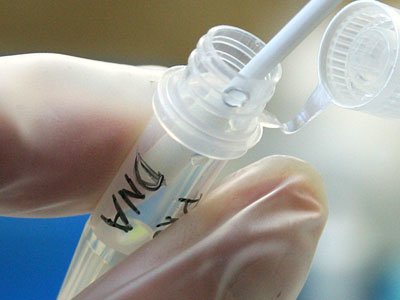Rhino horn powder is a desperately sought after ingredient for traditional medicine in countries such as Vietnam. And the only thing barring the way to traditional health in such places is just a bit of legislation – rhinos are endangered, and killing them is illegal. But sadly (or gladly, depending who you ask) there are always those willing to kill for enough money, poachers, and there’s a lot of them.
Government data paints a grim picture. 1,215 animals were killed in South Africa last year, a triple of the 448 recorded in 2011. Out of these, 827 victims were took down out of Kurger Park’s population of 9000 animals.
 Hey dude, pull my horn.
Hey dude, pull my horn.
Image via iworry.org
Confronted with the surge in poaching incidents, Kruger national park has the keepers on high alert, and rhino killings are treated like a crime scene and scoured by forensic experts.
The last victim in the Kruger National Park’s poaching business is a black rhino, killed under the light of the fool moon. The shot alerted park keepers that rushed to the scene and in the ensuing firefight, shot and killed one of the poachers while his accomplice ran away.
Four days later, investigators – with a group of journalists in tow – arrived to collect DNA and other evidence to help trace the weapon and prove the origin of the horn sawn off for sale overseas. The scene that media were invited to this month was a few hundred meters off a dirt road in the bush, and not far from a perimeter fence – a poaching “hot spot”.
 A game ranger stands guard as police investigate the scene around the carcass of a black rhinoceros that had been shot by poachers in the Kruger National Park, in this picture taken August 4, 2015.
A game ranger stands guard as police investigate the scene around the carcass of a black rhinoceros that had been shot by poachers in the Kruger National Park, in this picture taken August 4, 2015.
Image via yahoo
Most poachers come from neighboring Mozambique, the world’s poorest country, sharing a 350 km (210 mile) wide border with Kruger, and from the small villages that surround the Park. The largest part of killings take place in the marginal areas of the park, and it makes sense – given the economic hardships of life around Kruger.
The forensic work was undertaken by police surgeon Silence Mdluli, who wore a face mask and was clad in blue surgical overalls, and investigator Bella Khosa.
The rotting corpse lay sprawled on its left side, its ribs picked clean by scavengers. The horn had been hacked off.
The forensic team’s work included taking tissue samples and cutting away a toenail for DNA analysis.
“If we recover the horn, this can be matched to the DNA,” Khosa explained.
The corpse was marked as exhibit A, while a pair of shell casings found about 10 m away were marked as exhibits “2” and “3”. They have been discharged from a .458 caliber rile – basically, an elephant gun. If it is ever retrieved, the shells could be matched to it. A metal detector was also used to locate any bullets still lodged in the corpse, but none were found. Given the high powered weapon use and the size of the animal (Black rhinos are the rarer and smaller of Africa’s two species – the other being the white rhino ) of around 200 kg (440 lb), investigators believe the slugs went right through it.
Mdluli also tied a plastic ribbon to the branch of a tree. “If a chopper sees the carcass, this will tell them it is a known crime scene,” he said.
Such investigations, combined with red-handed arrests made by rangers, are starting to yield results. In Mpumalanga province which borders Kruger, the conviction rate in rhino cases is currently 100 percent.



